Why Fixing Uneven Eyes Often Involves Both Eyelids
2025-07-23
When you visit a plastic surgery clinic in Korea to correct ptosis in one eye, you may be surprised when the surgeon recommends surgery on both eyes. If only one eyelid looks sleepy, why operate on both? The answer lies in a principle called Hering’s Law of Equal Innervation. In this post, we’ll explain how this neurological rule affects your eyelid function and why operating on both eyes often gives more symmetrical and stable results.
What Is Droopy Eyelid?
Ptosis, or droopy eyelid, is a condition where the levator muscle (levator palpebrae) that lifts the upper eyelid is weakened, causing the upper eyelid to cover part of the iris and giving a sleepy appearance.
Patients often compensate by raising their brows or using their forehead muscles, leading to visible forehead wrinkles or eyebrow elevation.

The function of the levator muscle is commonly measured using Berke’s Method, which evaluates the range of eyelid motion. A measurement below 14–16 mm in vertical movement indicates decrease of muscle functions.
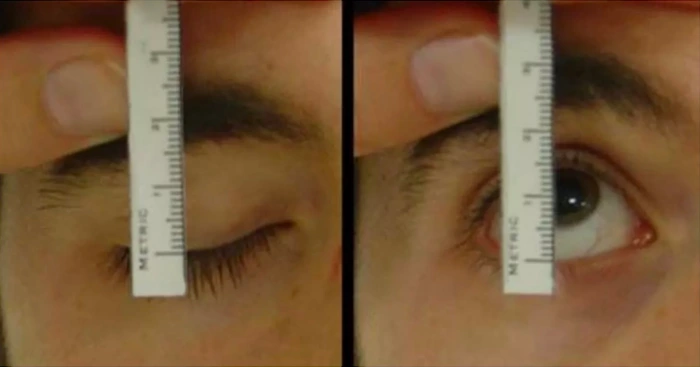
Why Operate on Both Eyes If Only One Looks Sleepy?
1) Hering’s Law: Both Eyelids Work as a Team
According to Hering’s Law of Equal Innervation, the brain sends the same nerve signal to both upper eyelids via the oculomotor nerve. If one levator muscle is weak, the brain compensates by sending stronger signals to both eyes to keep them open. As a result, the “normal” eyelid may appear more lifted than usual, masking any hidden weakness.
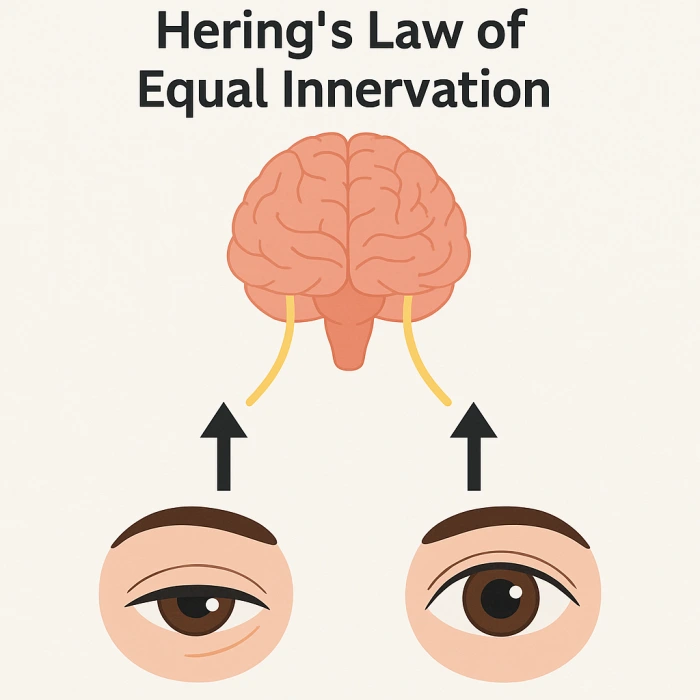
2) Dominant vs. Recessive Eye — The Hidden Cause of Uneven Eyes
Just as people have a dominant hand, they also have a dominant eye. When the dominant eye has ptosis, the brain works harder to lift both eyelids. The recessive eye may appear “normal” because of this overcompensation.

Let’s take an example with above picture. Her left (dominant) eye has mild ptosis and the right (recessive) eye looks normal. Because the brain wants to keep the dominant eye open, it sends stronger signals to both eyes. So the right eye (without ptosis) receives an extra push — making it look fully open.
If we close the dominant left eye in this situation, brain no longer needs to compensate. As the nerve signal drops, the right eye may begin to look sleepy. In reality, the right eyelid was also weak, but the nerve overstimulation had been hiding it.
That’s why plastic surgeons in Korea often recommend ptosis correction on both eyelids, even if only one appears droopy.
What Happens If You Ignore Hering’s Law?
Operating on only one eye may lead to:
- Unexpected asymmetry
- The “normal” eye suddenly appearing sleepy
- Need for revision or additional surgery
Even if only one eye shows visible ptosis, bilateral ptosis surgery often produces the best and most balanced results.
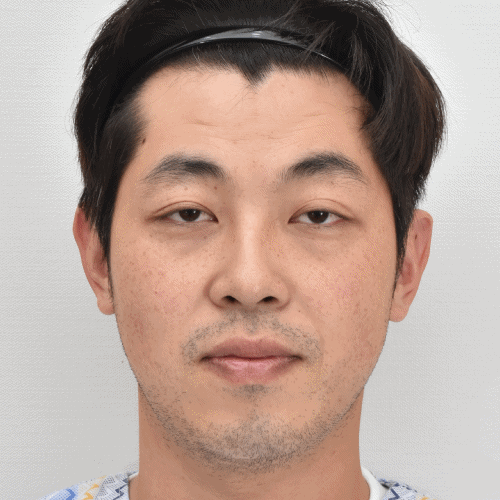
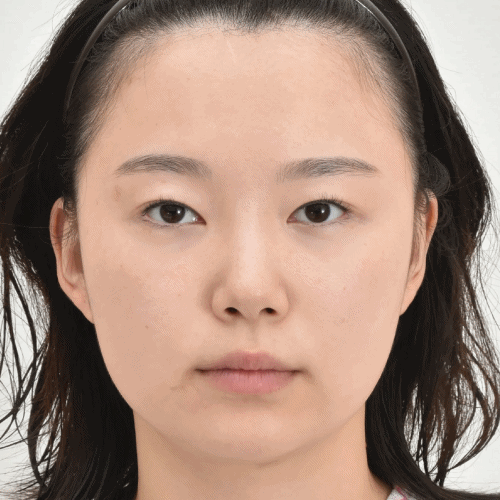
Final Thoughts — Bilateral Surgery Yields More Natural Results
Ptosis surgery in Korea isn’t just about fixing one eyelid — it’s about achieving balance between both eyes and their shared nerve signaling system. At Noonopi Plastic Surgery, our experienced oculoplastic surgeon considers multiple factors, including:
- Dominant vs. recessive eye
- Eyelid muscle strength
- Facial symmetry
This comprehensive approach helps us deliver precise, natural, and lasting ptosis correction results.
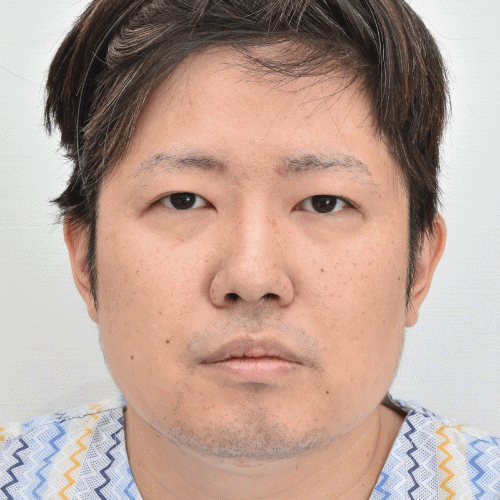
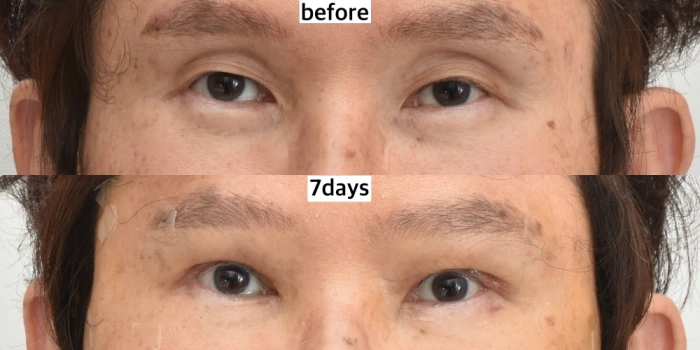
Thinking About Ptosis Surgery in Korea?
We offer in-depth consultation and surgery by board-certified plastic surgeons specialized in eyelid ptosis correction in Korea.
📍Contact us via WhatsApp for global consultation.

